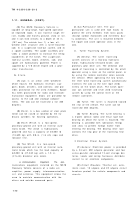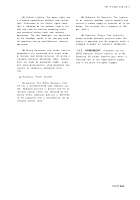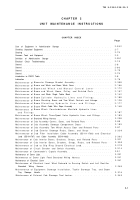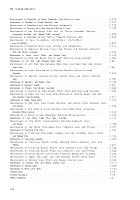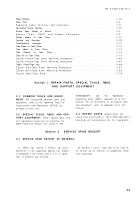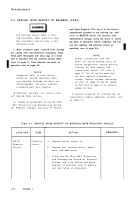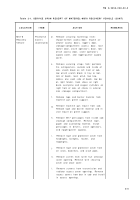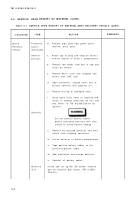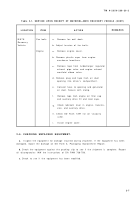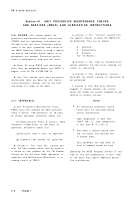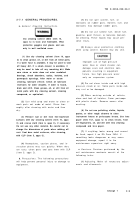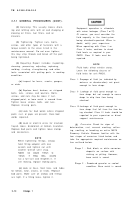TM-9-2350-238-20-2 - Page 27 of 495
WARNING
CAUTION
TM 9-2350-238-20- 2
2-7.1 GENERA L PROCEDURES .
a.
General Cleaning Instructions .
Dry cleaning solvent (SD2) (item 10,
appx C) is toxic and flammable. Wear
protective goggles and gloves and use
only in well ventilated areas.
(1) Use dry cleaning solvent (item 10, appx
C) to clean grease, oil, or dirt from all metal parts.
If a water hose is available, it may be used to take
off heavy dirt. If a steam cleaner is available, it
may be used to take off any remaining dirt. Make
sure steam or water does not enter roadwheel
bearings, shock absorbers, optics, hatches, and
powerpack openings. After water or steam
cleaning, lubricate vehicle. Check all lubricant
reservoirs for water droplets. If water is found,
drain and refill. Clean grease, oil, or dirt from all
metal parts with dry cleaning solvent, cleaning
compound, or equivalent.
(2)
Use mild soap and water to clean o r
wash parts not made of metal. Rinse thor-
oughly after cleaning with water and the n
dry .
(3) Remove rust or dirt from fine-machined
surfaces with dry cleaning solvent (item 10, appx
C) and crocus cloth (item 6, appx C), if necessary.
Do not use any other material. Be careful not to
change the dimensions of parts when rubbing off
rust. Coat bare metal surfaces, after cleaning,
with CLP (item 5, appx C).
(4)
Nameplates, caution plates, and in -
struction plates may rust quickly. When the y
are rusty, clean parts and coat them with CLP
(item 5, appx C) .
b.
Precautions.
The following precaution s
will help prevent personal injury or damage t o
equipment .
(1)
Do not spill solvent, fuel, or
lubricants on rubber parts. Solvent, fuel, an d
lubricants may damage rubber parts .
(2)
Do not use turbine fuel, diesel fuel ,
gasoline, paint thinner, or benzene (benzol)
for cleaning. These liquids may cause per-
sonal injury .
(3)
Always wear protective clothin g
when using solvent. Solvent may dry skin .
Improper use of high pressur e
water hose or steam cleaner ca n
damage seals and electrical com-
ponents resulting in equipmen t
failure. Use high pressure water
only on suspension system .
(4)
Do not clean inside cab with hig h
pressure steam or air. Some parts inside ca b
may rust or be damaged .
(5)
When washing outside of vehicle ,
close and lock all hatches. Cover periscop e
with plastic sheets. Remove covers afte r
washing .
(6) Do not use polishing cloths, liquids,
pastes, or other rough cleaners to clean
instrument lenses or periscopes lenses. Use lens
paper (item 15.1, appx C) to clean lenses. Take
off fingerprints, oil, and dirt with lens cleaning
compound and lens paper.
(7)
If anything looks wrong and canno t
be fixed, report it on DA Form 2404. I f
something looks dangerous or may caus e
equipment damage, report it to th e
maintenance supervisor right away .
c.
Services.
Services performed by th e
unit maintenance mechanic consist of th e
following tasks :
(1)
Adjusting.
Make all necessary adjust -
ments and alinements .
Change 1
2- 9
Back to Top

